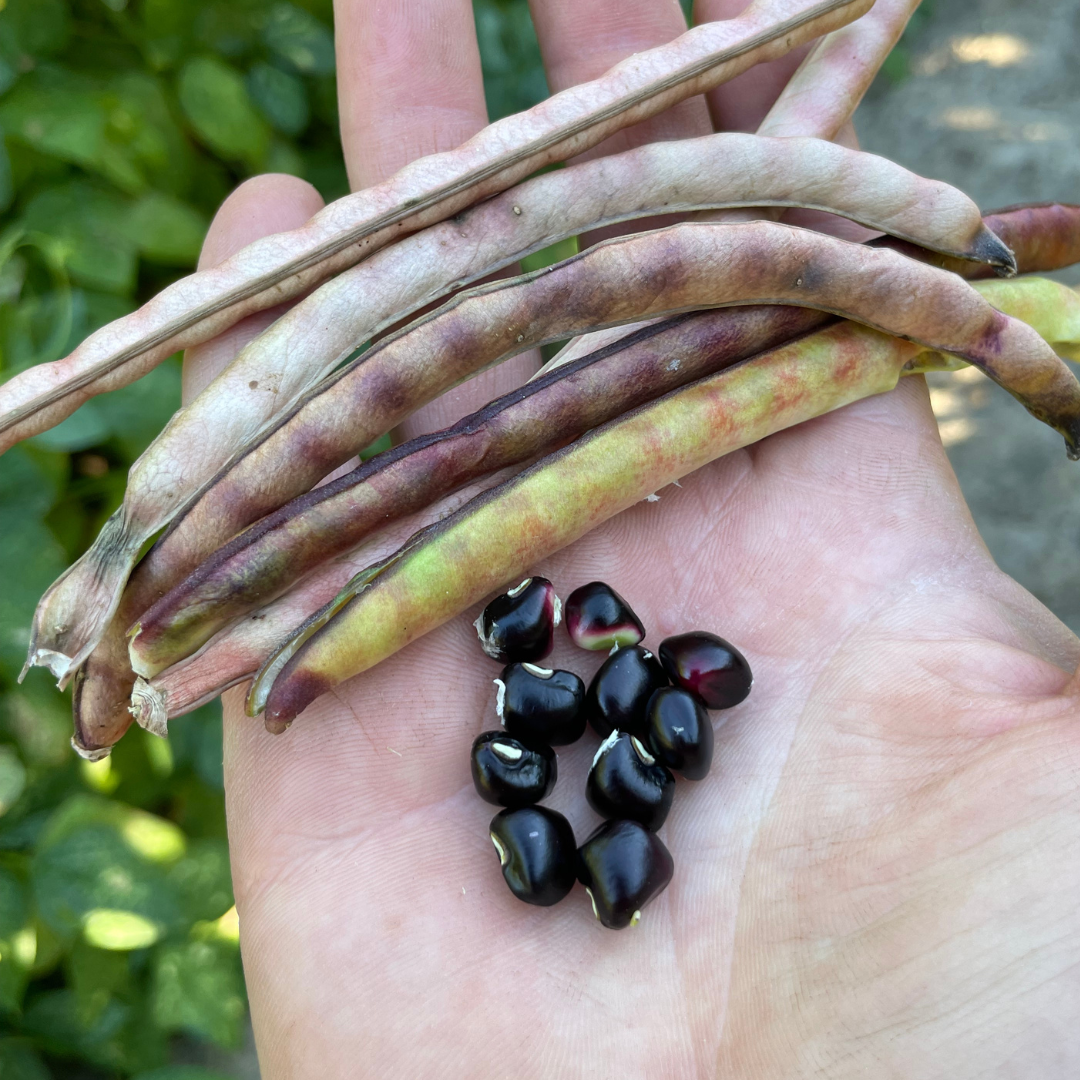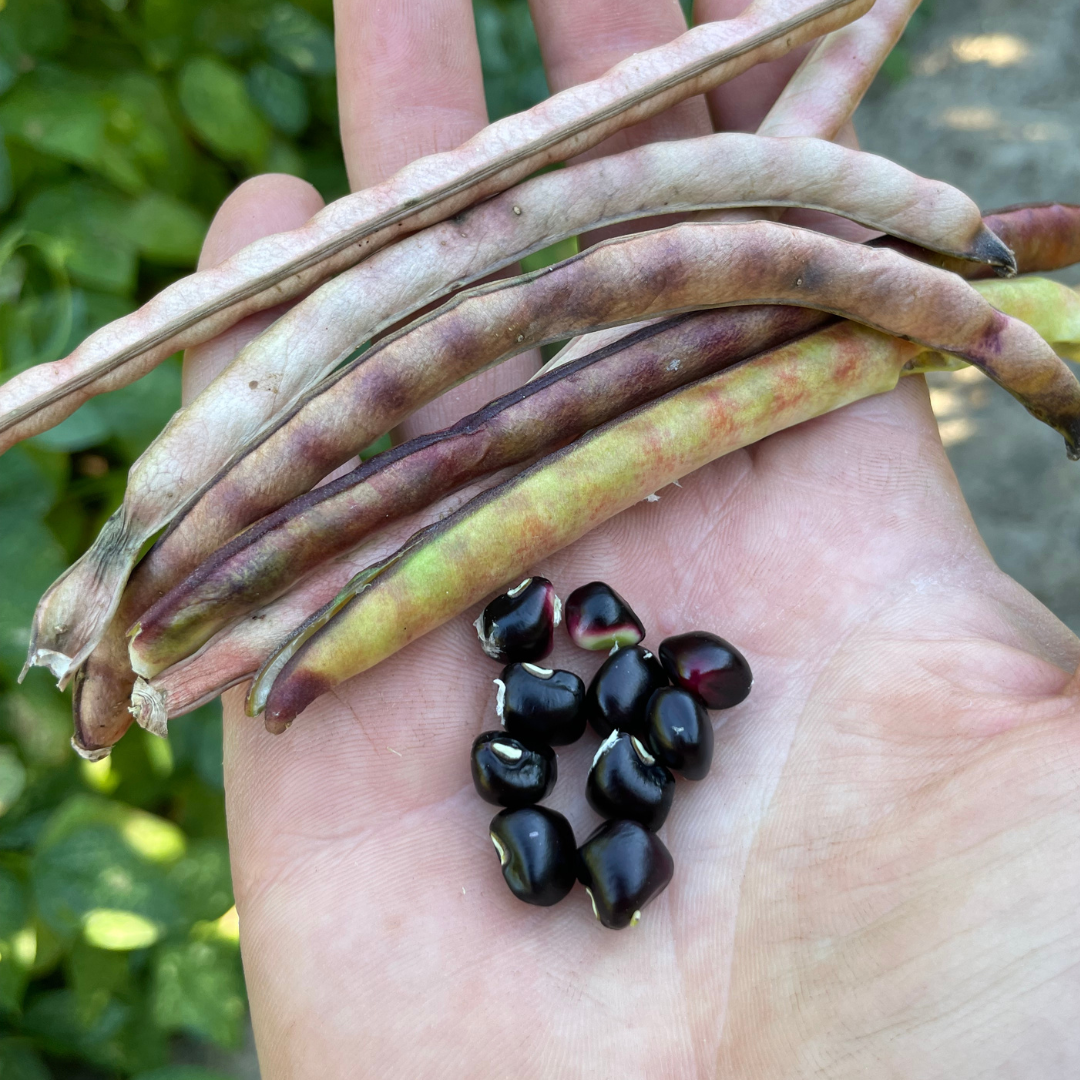Tennessee Purple Pea Seed
Tennessee Purple Pea Seed
Couldn't load pickup availability
Seed Type
Seed Type
Open Pollinated (Untreated)
Seeds Per Pack
Seeds Per Pack
50
Days to Maturity
Days to Maturity
65
Disease Resistance
Disease Resistance

Why Grow Tennessee Purple Pea?
Beautiful and Tasty The Tennessee Purple Pea is a rare, heirloom, climbing cowpea variety that was sent to us by a subscriber in Tennessee. He didn't have a name for them, so we decided to call them "Tennessee Purple Peas." This is a beautiful and tasty cowpea variety that likes to climb!
Easy to Harvest The color of the peas will darken as they're left to mature in the pod. When the pea pods are light green, the peas will be green. But as the pea pods turn purple, the peas turn purple as well. These have a nutty flavor that's absolutely delicious! They freeze well too!
Tennessee Purple Pea Growing Tips
• When to Plant Cowpeas
Cowpeas are a "warm season" vegetable that thrive in hot and even dry conditions. They should planted once temperatures sufficiently warm in the mid to late spring months. In southern climates, you can also plant them in late August or early September for a fall crop of cowpeas.
Cowpeas should be directly sewn in the garden at a planting depth of approximately 1/2" deep. Cowpeas can be planted very thick. Place seeds 2-3" apart along the row or bed you're planting. Cowpeas also grow great when planted on double rows, maximizing space in your backyard garden.
To learn more about double row planting cowpeas, watch this video.
• How to Fertilize Cowpeas
Because they are a legume, cowpeas will "fix" their own nitrogen as they grow. This complex process involves the plants capturing atmospheric nitrogen and essentially adding it to the soil. As a result, cowpeas don't require much fertilization.
When growing them in very poor soil, it's not a bad idea to apply some pre-plant fertilizer to the soil. Sprinkle a little Coop Gro organic fertilizer along the planting furrow prior to planting. Besides that, cowpeas shouldn't need any additional fertilization as they grow.
• Harvesting Cowpeas
Cowpeas can be harvested at the fresh or dried stage. To harvest fresh pods, wait until the pods are completely filled with peas. The pods on many cowpea varieties will start to turn a different color as the peas inside the pods are enlarging and maturing. This is usually a great sign that fresh peas are ready to harvest.
You can also allow the pods to dry completely on the plant if you're wanting dried peas that will store without having to freeze them. Dried pods are also great for seed saving so you can plant a particular cowpea variety again next year.

